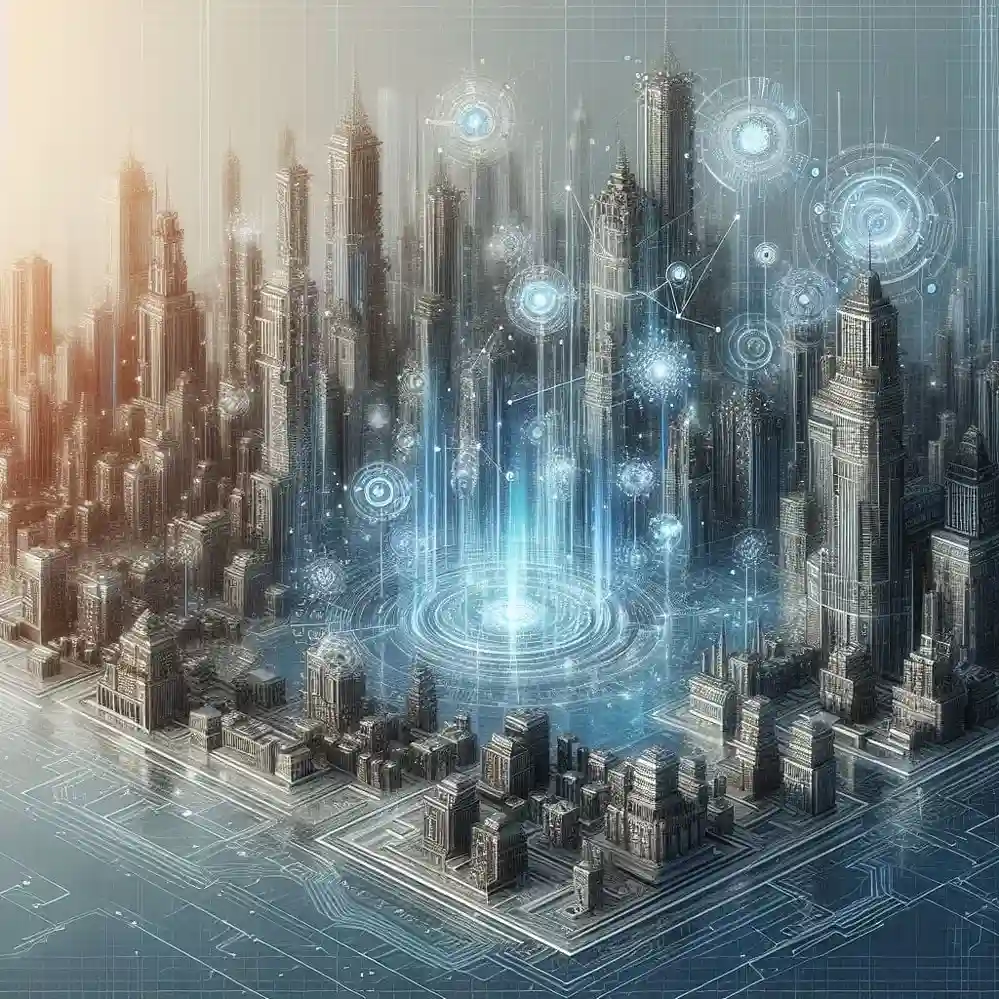Revolutionizing Medicine: How 3D Technologies are Changing Healthcare

The world of healthcare stands on the brink of a monumental transformation. Proclaimed by the advent of cutting-edge 3D technology. 3D printing and related technologies are making significant impacts. It transforms methods and procedures in ways that were only a decade ago.
The potential of 3D technologies in healthcare is immense. Promising to enhance patient care, reduce recovery times, and usher in a new era of personalized medicine. Here are revolutionary ways 3D technology is reshaping the healthcare sector.
Each illustrates the profound impact on our health and well-being.
Customized Prosthetics
Gone are the days of one-size-fits-all. Dental 3D scanner is a revolutionizing diagnostic and treatment planning processes. These advanced scanners create accurate and detailed 3D models of a patient’s mouth. It allows dentists to diagnose issues and plan treatments with unprecedented precision.
This leap in technology enhances the quality of dental care. It also improves patient comfort. With this, it reduces the need for invasive procedures and molds. The ability to visualize dental issues in three dimensions aids in patient education.
It enables better understanding and communication between patients and healthcare providers.
Bioprinting Tissues and Organs
Imagine a world where organ shortages are a thing of the past. 3D bioprinting, although still in its infancy, holds the promise of printing living tissues and organs using a patient’s cells. This could revolutionize organ transplants and the testing of new drugs.
3D bioprinting can also aid in the development of personalized medicine. Allowing doctors to test treatments on a patient’s tissue. This leads to more effective and targeted care.
Advanced Medical Imaging
The role of 3D technology in medical imaging is a game-changer. It provides clinicians with tools to view the human body in unprecedented detail. Doctors can now get comprehensive three-dimensional views with accurate diagnostics with 3D imaging techniques. Such as MRI and CT scans.
Also, they can have precise surgical simulation and effective treatment strategies. This leap in imaging capability allows for:
- Less invasive procedures
- Shorter hospital stays
- Better patient outcomes
This demonstrates the role of 3D technology in advancing medical diagnostics and patient care.
Pharmaceuticals
3D printing is also making strides in the pharmaceutical industry. It allows for the precise control of the dose, release, and design of medication. This leads to drugs that are more effective and better tailored to individual needs. It also enables the rapid production of personalized medications.
Thus, providing patients with faster access to treatments and reducing the cost of healthcare.
Learn More About How 3D Technologies are Changing Healthcare Today!
As 3D technologies continue to evolve, their impact on healthcare will only continue to grow. The possibilities for improving patient outcomes and transforming healthcare as we know it are endless. Making 3D technology one of the most significant advancements in healthcare to date.
As we move towards a more personalized and precise approach to medical care, 3D technology will play a crucial role in revolutionizing medicine for years to come. So hold on tight, because the future of healthcare is 3D!
Did you find this article helpful? Check out the rest of our blogs!






